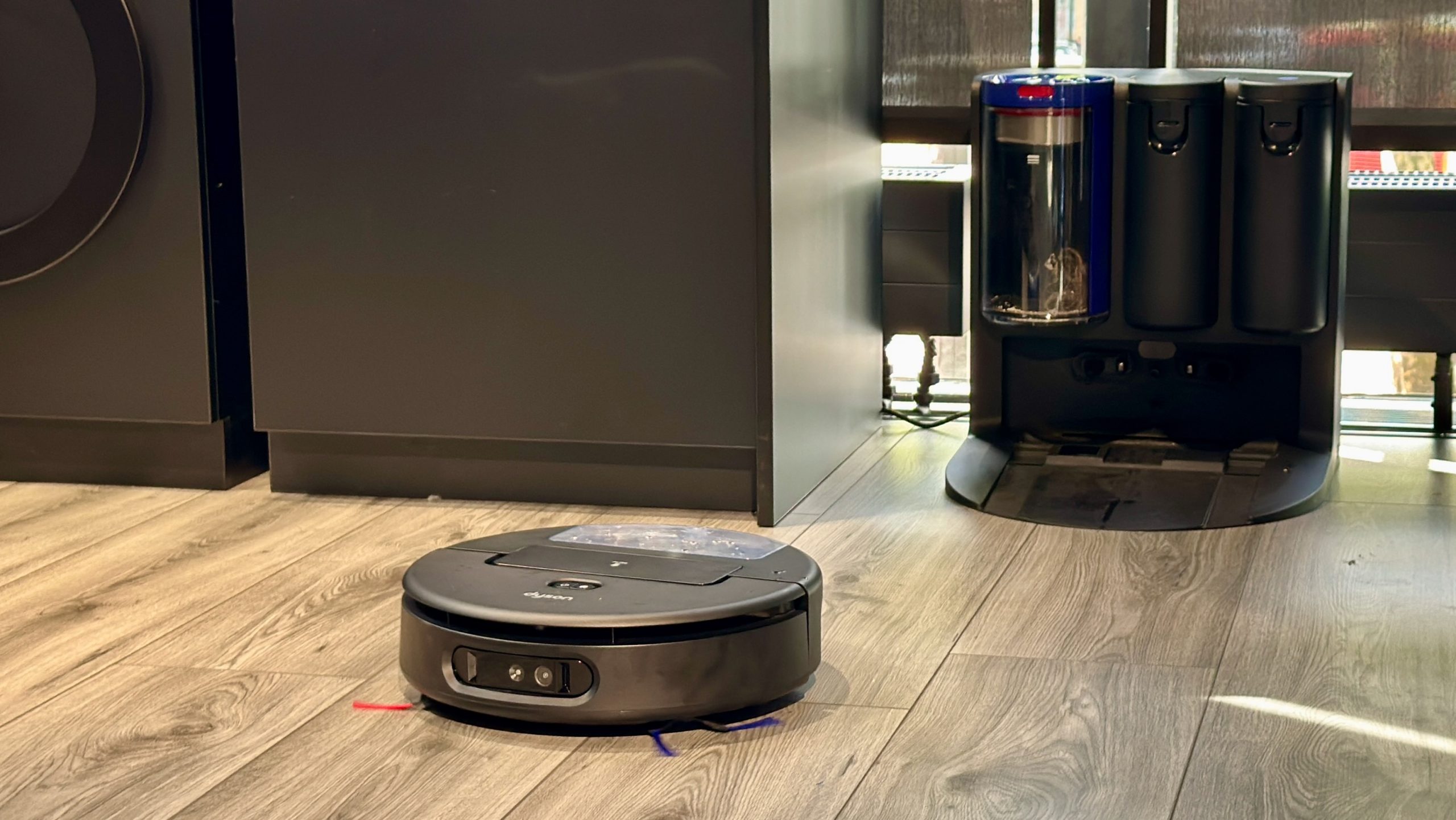Dyson, renowned for its high-performance vacuums, has ventured into the world of robot floor cleaners with its latest innovation: the Spot+Scrub AI. This marks Dyson’s first foray into the combination robot vacuum and mop market, a significant step for the brand. Unveiled at IFA Berlin, the Spot+Scrub AI boasts a sleek, round design, a self-cleaning roller mop, advanced lidar navigation, and a groundbreaking multifunctional dock – all while sporting the ubiquitous “AI” label. Expectations were naturally high, given Dyson’s reputation for powerful cleaning technology. However, early impressions suggest the Spot+Scrub AI might not live up to the hype, raising questions about whether Dyson’s foray into robotic cleaning is truly a success.
The Spot+Scrub AI represents a departure from Dyson’s previous robotic vacuum, the 360 VisNav, released in 2023. The new round design is a noticeable change, and the integration of mopping capabilities promises enhanced cleaning versatility. The self-cleaning function for the roller mop is a welcome addition, aimed at reducing manual maintenance. Furthermore, the utilization of lidar navigation technology suggests improved mapping and obstacle avoidance, a crucial aspect of any effective robot vacuum cleaner.
The multifunctional dock is arguably the most innovative feature of the Spot+Scrub AI. This dock manages both the charging and the cleaning processes for the robot, enhancing efficiency and minimizing user intervention. This eliminates the need for separate cleaning stations, streamlining the overall cleaning experience and potentially offering a more convenient way to maintain the robot. However, initial reviews suggest that the execution falls short of expectation; more specific details are needed.
One of the key aspects that raised eyebrows was the robot’s performance. While the lidar navigation system is designed to create detailed maps of the home for efficient cleaning, early hands-on experiences seemed to indicate less-than-stellar results. The combination of vacuuming and mopping, a key selling point, reportedly also needs refinement, failing to meet the standards typically associated with Dyson products. This is a critical area where the Spot+Scrub AI needs to excel to justify its price point and compete effectively in a crowded market.
The ‘AI’ branding, a common marketing tactic in 2025, doesn’t automatically translate to superior cleaning performance. While intelligent features like obstacle avoidance and adaptive cleaning are important, they aren’t enough if the core cleaning functions fall short. The question remains: does the Spot+Scrub AI offer significant improvements over existing robot vacuum and mop models, and is it a worthy addition to Dyson’s lineup? The answer, based on initial impressions, seems to be a cautious ‘no’.
In conclusion, the Dyson Spot+Scrub AI, while showcasing innovative features like its multifunctional dock and self-cleaning roller mop, appears to fall short of expectations set by Dyson’s established reputation for high-performance cleaning. The early reviews highlight concerns regarding its overall cleaning effectiveness and the practicality of its AI features, suggesting there’s significant room for improvement. While the ambition behind the Spot+Scrub AI is commendable, its initial performance raises questions about its market competitiveness and whether it truly represents a significant step forward in robotic cleaning technology. Only time and further testing will reveal if Dyson can address these initial concerns and deliver on the promise of its first robot vacuum mop.

